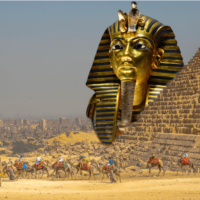Mesopotamia, often called the “Cradle of Civilization,” is hugely important in human history. It’s an ancient area, found in present-day Iraq, Kuwait, Syria, and Turkey, where some of the earliest civilizations began. Between two rivers, the Tigris and Euphrates, there was fertile land perfect for farming. This is where cultures started that set the stage for how we live today. What made Mesopotamia so important was its many contributions to human development, like farming, writing, governance, and religion.
Beginnings
Mesopotamia was nestled between the Tigris and Euphrates rivers, boasting lush plains and winding waterways that gave birth to civilization. Dating back to the Neolithic era, Mesopotamia was home to early farmers who saw the region’s potential. The annual floods replenished the soil, allowing crops like barley, wheat, and dates to thrive and paving the way for settled life and complex societies. Yet, Mesopotamia faced challenges. The rivers’ unpredictable flooding threatened the land, prompting people to create smart irrigation systems to control water flow and support agriculture. As civilization grew, so did the need for organization and governance. The fertile plains attracted nomadic tribes, leading to the rise of city-states and expansive trade networks.
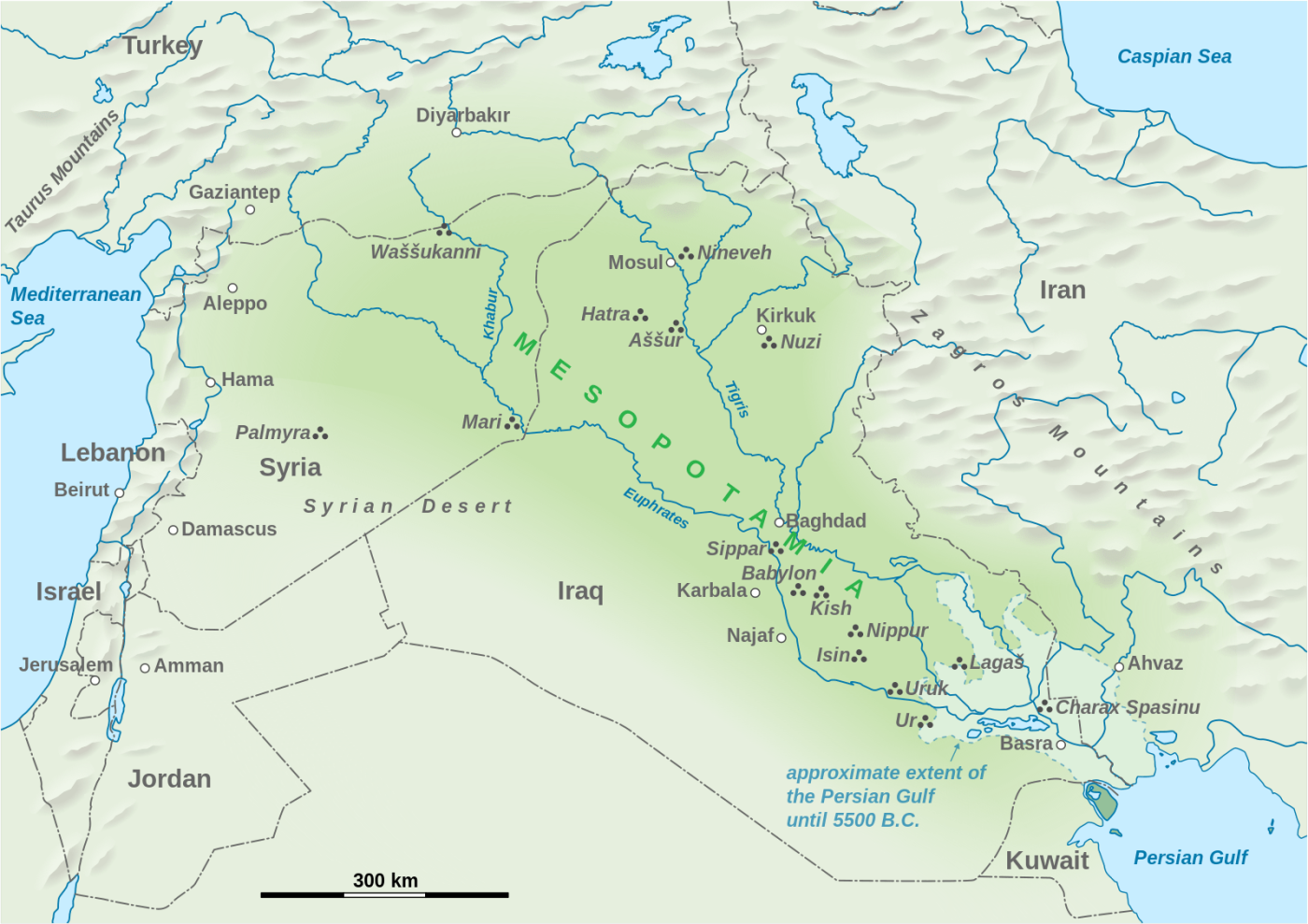
Geography of Mesopotamia
Fertile Crescent
The Fertile Crescent owes its fertility to the yearly floods of the Tigris and Euphrates, which spread nutrient-rich silt across the plains, nurturing the soil and supporting abundant crops. This natural cycle allowed early settlers to grow food and build thriving communities, laying the foundation for civilization.
Ur, Uruk, and Babylon were centers of trade, culture, and innovation, attracting people from all over. But the Fertile Crescent was more than just a cradle of civilization; it was a meeting point for different cultures and civilizations. Its strategic location brought together people, languages, and ideas from Asia, Africa, and Europe, fostering exchange and interaction.
Today, the legacy of the Fertile Crescent lives on in archaeological sites, ancient ruins, and cultural artifacts. From the towering ziggurats of Sumer to the grand palaces of Babylon, the remnants of ancient Mesopotamia continue to intrigue and inspire.
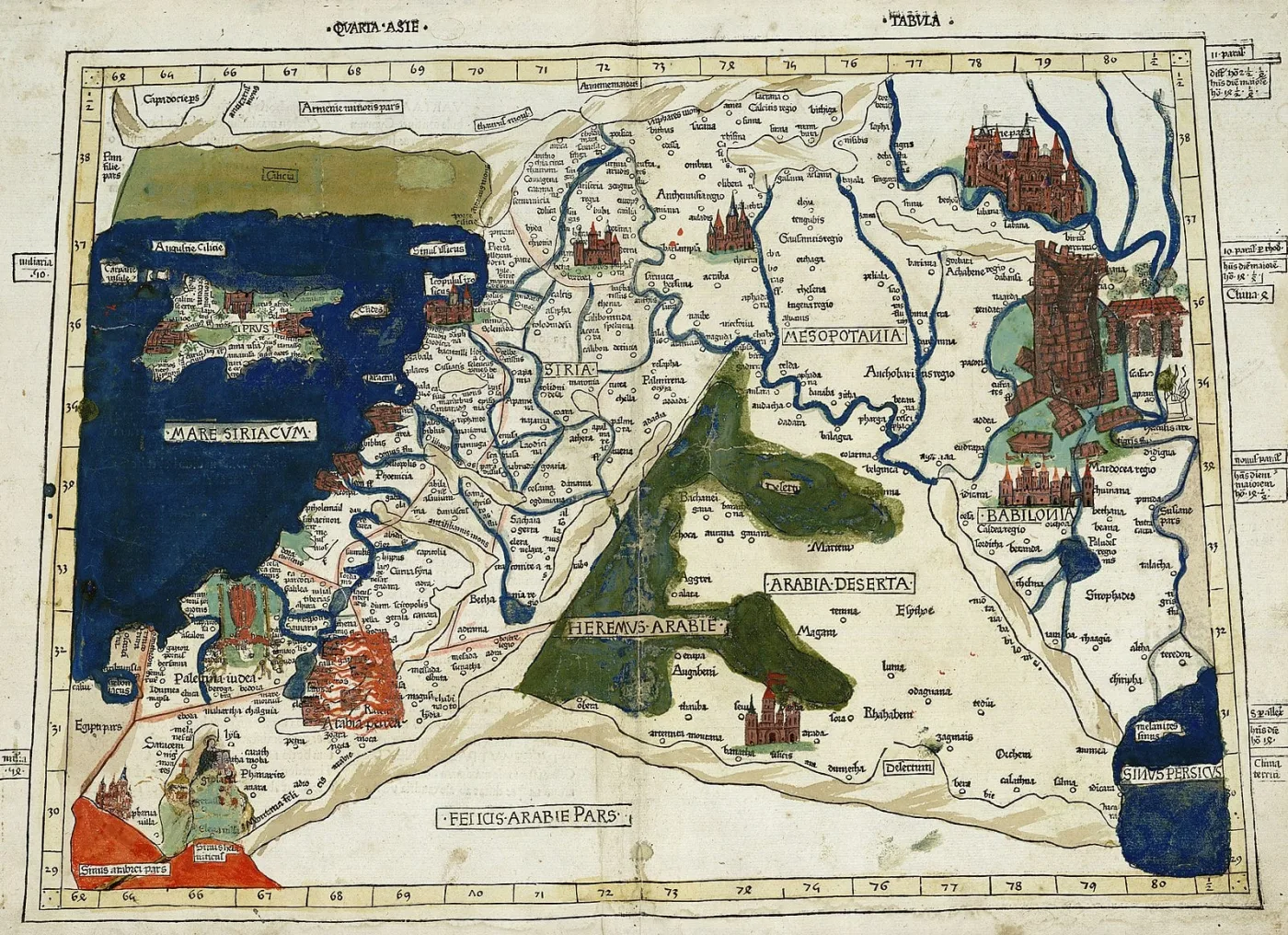
Ancient Civilizations of Mesopotamia
Sumerians
The Sumerians, Mesopotamia’s earliest civilization, made remarkable contributions to art, architecture, literature, and governance, leaving a lasting impact on human history. Situated in the southern part of Mesopotamia, known as Sumer, they created an advanced society that influenced later civilizations.
Ancient Sumer, where you’d see towering ziggurats and busy markets filled with merchants trading goods from faraway places. Here, on the fertile plains, the Sumerians built a civilization that shaped history.
The Sumerians were pioneers in many fields. They developed writing, using cuneiform script to record transactions, communicate, and preserve their culture. Their stories, like the “Epic of Gilgamesh,” still fascinate us today, giving us a glimpse into ancient Mesopotamian life.
Besides writing, the Sumerians excelled in architecture and city planning. They built impressive structures like ziggurats, which were temples and symbols of their power. These buildings show the Sumerians’ skill and creativity, turning Mesopotamia’s plains into a thriving civilization.
But their most significant legacy lies in governance. They created the world’s first city-states, each ruled by a king with both political and religious authority. Cities like Uruk, Ur, and Lagash became centers of trade, commerce, and culture, shaping the region’s development.

Akkadians and Babylonians
Following the decline of the Sumerian civilization, Mesopotamia witnessed the rise of two powerful empires that left an indelible mark on the region’s history: the Akkadians and the Babylonians. These empires emerged from the ashes of their predecessors, forging new paths and making enduring contributions to the cultural, political, and technological landscape of Mesopotamia.
The Akkadians, led by the legendary ruler Sargon the Great, rose to prominence in the 24th century BCE, establishing the world’s first known empire. With their military skills and administrative efficiency, the Akkadians conquered the city-states of Sumer and unified Mesopotamia under a single rule.
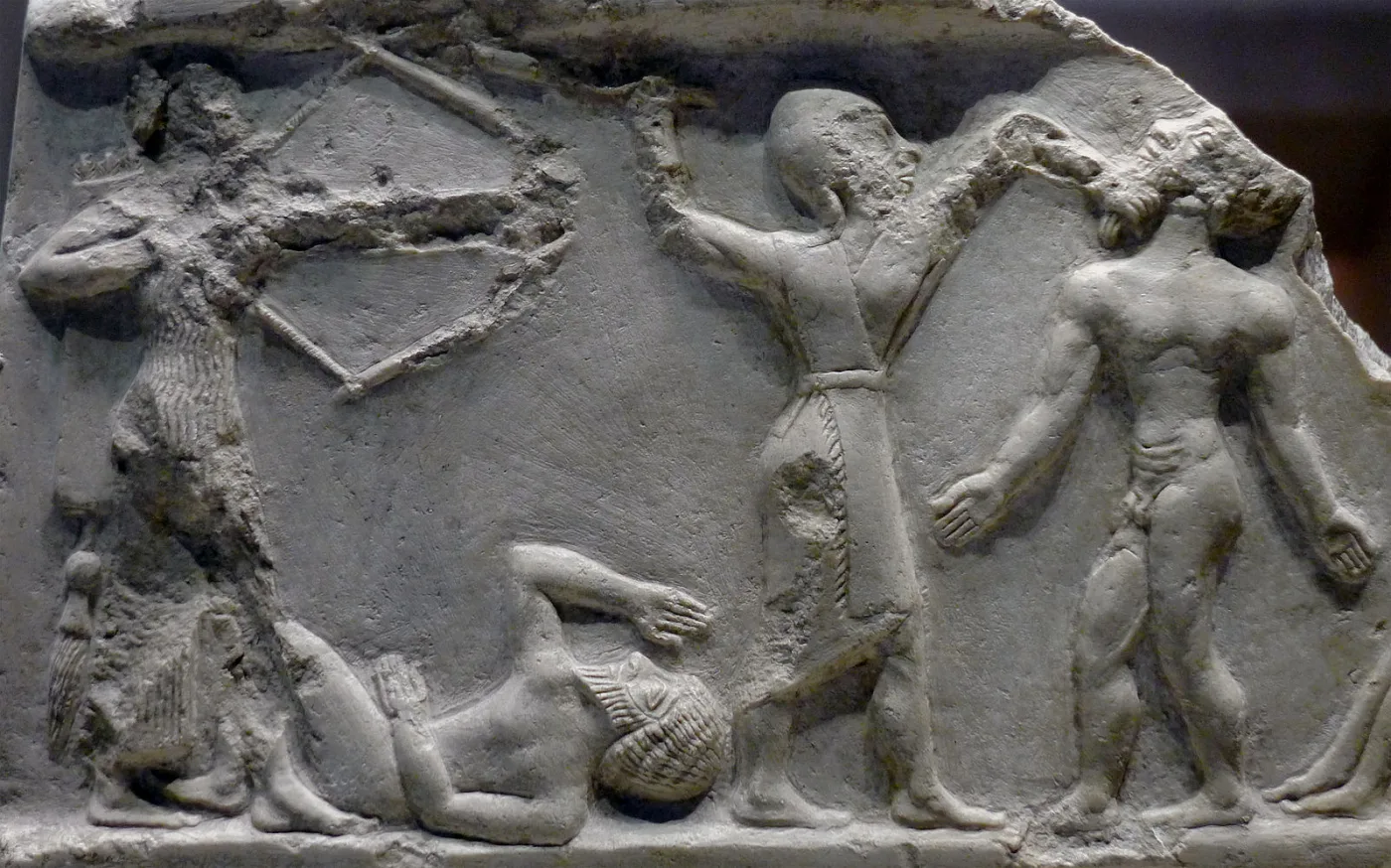
Under the rule of Sargon and his successors, the Akkadian Empire flourished, reaching its zenith in the 23rd century BCE. The Akkadians made enduring contributions to Mesopotamian culture and society, including the adoption of the Sumerian writing system and the promotion of Akkadian as a lingua franca throughout the empire. They also continued the tradition of monumental architecture, constructing grand palaces, temples, and fortifications that reflected their power and prestige.
However, the Akkadian Empire eventually succumbed to internal strife and external pressures, paving the way for the rise of a new dynasty: the Babylonians. Led by Hammurabi, the sixth king of the First Babylonian Dynasty, the Babylonian Empire emerged in the late 18th century BCE. Hammurabi is perhaps best known for his famous law code, which established a comprehensive set of legal principles and regulations governing Babylonian society.
Under Hammurabi’s rule, the Babylonian Empire experienced a golden age of prosperity and cultural achievement. The city of Babylon became a center of trade, commerce, and intellectual inquiry, attracting scholars, artisans, and merchants from across the ancient world. The Babylonians made significant advancements in astronomy, mathematics, and literature, leaving behind a legacy that would endure for centuries to come.
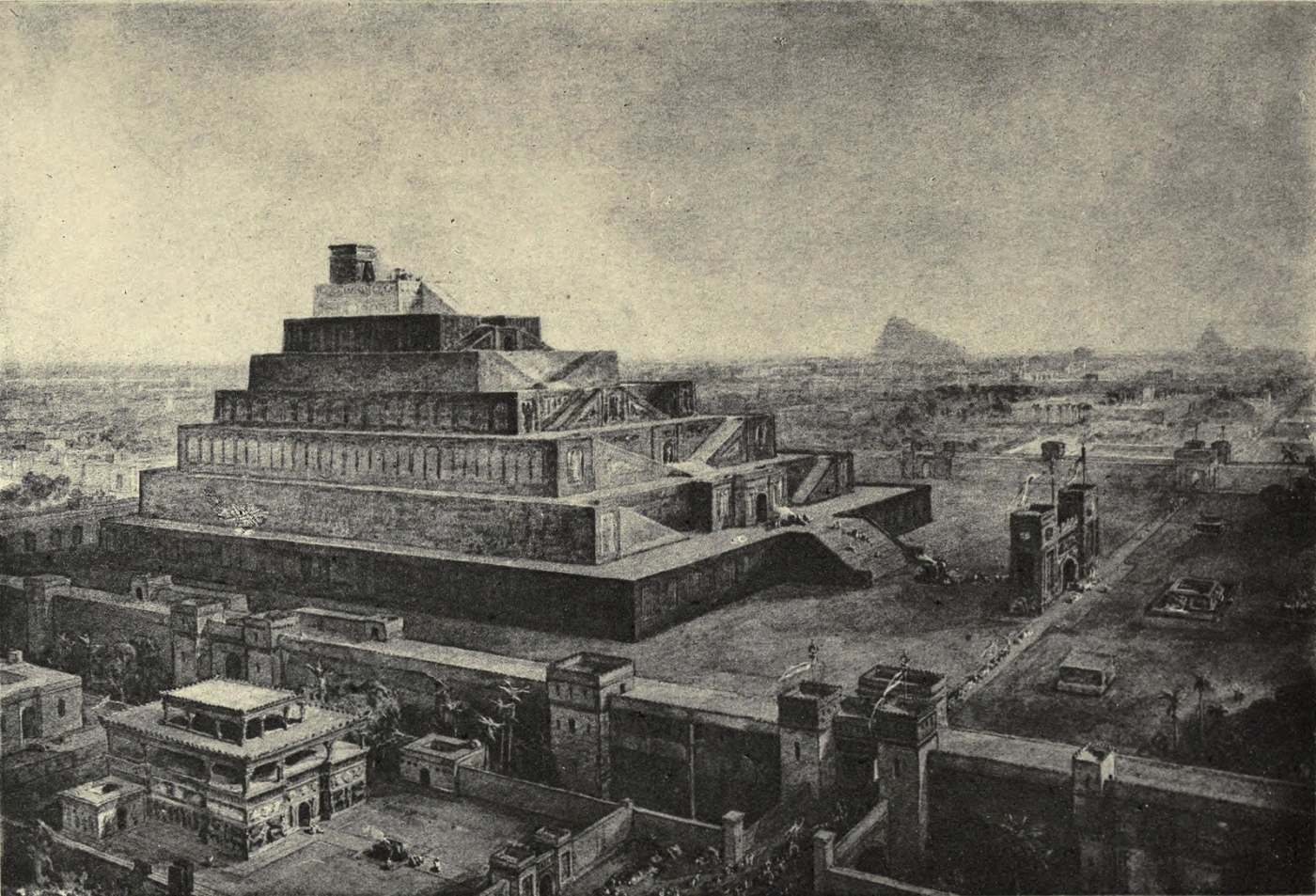
Cultural and Technological Achievements
Writing and Literature
Among the earliest forms of writing to emerge was cuneiform, a script invented by the ancient Sumerians around 3500 BCE. This writing system, characterized by its wedge-shaped characters inscribed on clay tablets, transformed communication, administration, and record-keeping in ancient Mesopotamia and beyond.
With the invention of cuneiform writing, the ancient Mesopotamians unlocked the power of literacy, enabling them to preserve their thoughts, ideas, and experiences for posterity. From mundane matters such as economic transactions and administrative decrees to lofty pursuits such as poetry and literature, cuneiform writing served as the medium.
The impact of cuneiform writing extended far beyond the borders of Mesopotamia, influencing neighboring civilizations. The adoption of cuneiform by the Akkadians, Babylonians, and Assyrians facilitated cultural exchange and communication across linguistic and cultural boundaries, fostering a sense of unity and interconnectedness in the ancient Near East.
But perhaps the most enduring legacy of cuneiform writing lies in its role as a catalyst for intellectual and scientific inquiry. The preservation of knowledge in written form enabled ancient scholars to build upon the discoveries of their predecessors, advancing fields such as astronomy, mathematics, and medicine. The writings of ancient Mesopotamian scribes provide invaluable insights into the beliefs, values, and achievements of one of the world’s earliest civilizations, offering a window into the minds of those who came before us.

Advancements in Mathematics and Science
Mesopotamia, often hailed as the cradle of civilization, was not only a hub of cultural and political innovation but also a crucible of scientific and mathematical advancement. The ancient Mesopotamians, through their insatiable curiosity and ingenuity, made significant contributions to fields such as mathematics, astronomy, and medicine, laying the groundwork for scientific inquiry and discovery.
In the realm of mathematics, the Mesopotamians were pioneers, developing sophisticated numerical systems and mathematical techniques. Among their most notable achievements was the invention of the sexagesimal system, a base-60 numeral system that forms the basis of our modern system of timekeeping and geometry. Through this system, the Mesopotamians made groundbreaking discoveries in areas such as geometry, algebra, and trigonometry.
But perhaps the most enduring legacy of Mesopotamian mathematics lies in its practical applications. From the construction of monumental structures such as ziggurats and irrigation systems to the development of surveying techniques and land measurement.
In the field of astronomy, the Mesopotamians were among the first to systematically observe the movements of celestial bodies and develop predictive models of the cosmos. Through careful observation and recording of celestial phenomena such as lunar and solar eclipses, the Mesopotamians constructed elaborate astronomical calendars that guided religious festivals, agricultural activities, and administrative affairs.
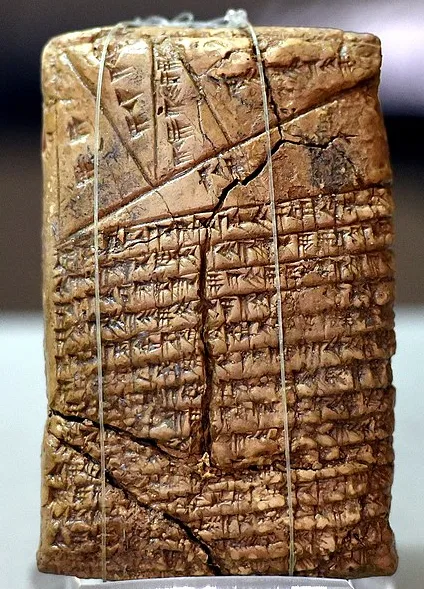
The Mesopotamians also made significant strides in understanding the human body and treating ailments through a combination of empirical observation and mystical beliefs. Ancient Mesopotamian physicians, known as ashipu (ašipu), employed a variety of medical techniques, including herbal remedies, surgical procedures, and incantations, to diagnose and treat a wide range of illnesses and injuries.
Religion and Mythology
Pantheon of Gods
At the heart of Mesopotamian religion was a rich and diverse pantheon of gods and goddesses, each embodying different aspects of the natural world, human experience, and cosmic order. At the pinnacle of the Mesopotamian pantheon stood the chief god, Anu, often depicted as the ruler of the heavens and the father of the gods. Anu presided over the divine council and was revered as the ultimate authority and source of cosmic order in the universe.
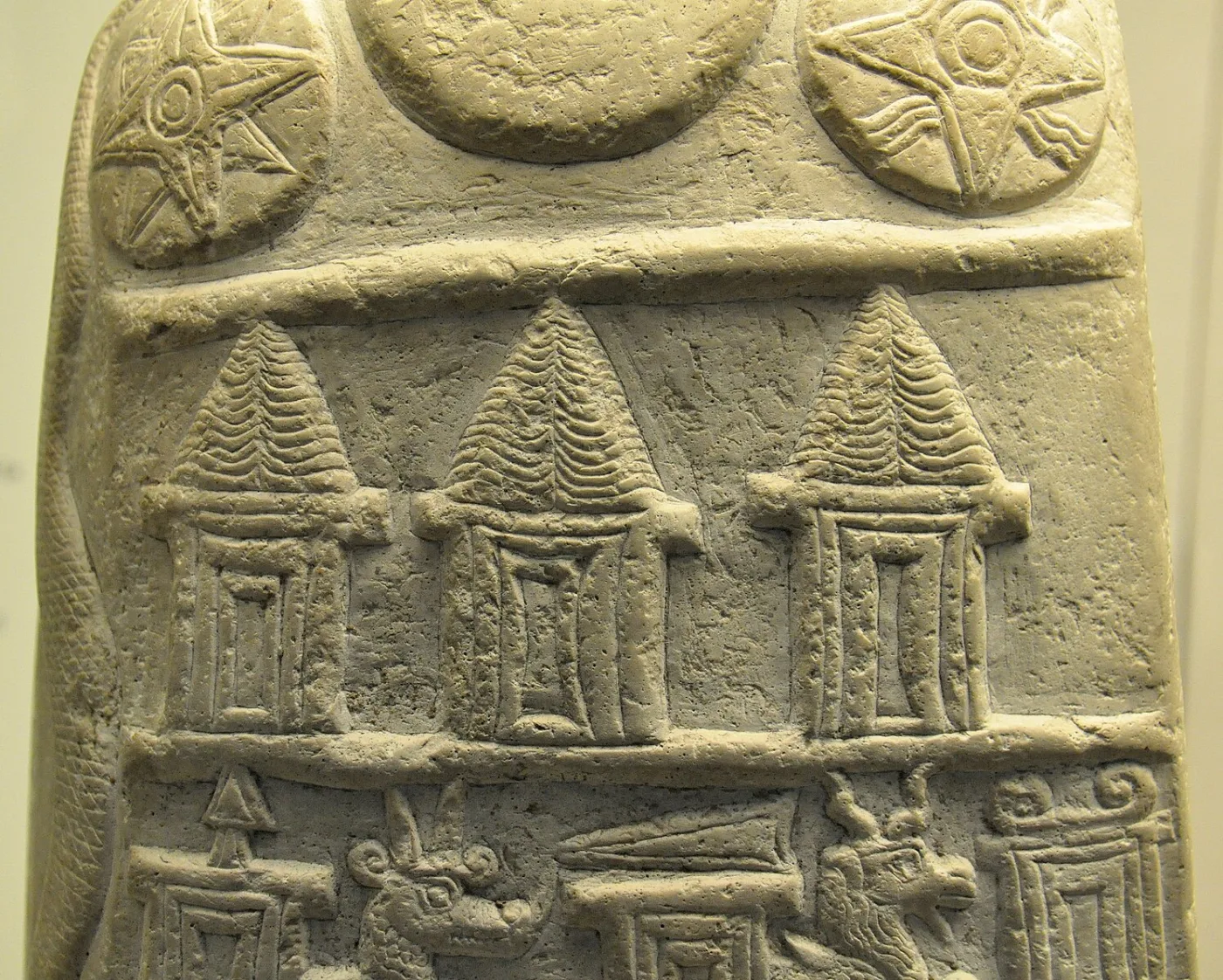
Next in prominence was Enlil, the god of wind, storms, and agriculture, who wielded immense power and authority over the forces of nature. Enlil was believed to control the fates of both mortals and gods, shaping the course of human history and destiny.
Another prominent deity was Ea, the god of wisdom, magic, and freshwater, who was revered as the patron of artisans, scholars, and scribes. Ea was credited with the creation of humanity and was often invoked for protection, guidance, and divine inspiration.
In addition to these major deities, the Mesopotamian pantheon was populated by a multitude of lesser gods and goddesses, each with their own spheres of influence and domains of power. From Nanna, the moon god, to Ishtar, the goddess of love and war, to Marduk, the patron god of Babylon, the Mesopotamian pantheon was diverse and multifaceted.
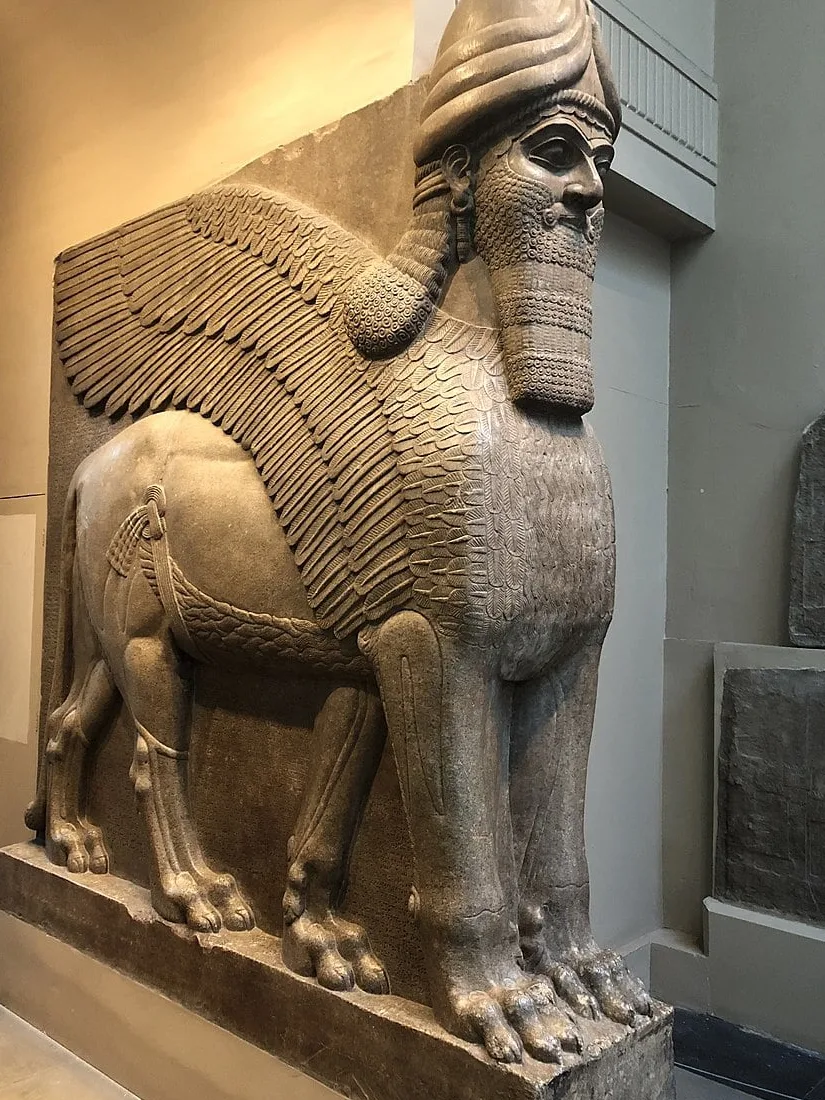
But beyond their individual attributes and personalities, the gods and goddesses of Mesopotamia played an influential role in shaping the social, political, and cultural landscape of ancient Mesopotamia. They were believed to intervene in the affairs of mortals, bestowing blessings upon the righteous and meting out punishment to the wicked. Their temples, adorned with magnificent statues and reliefs, served as centers of worship, pilgrimage, and communal gathering, where devotees would offer prayers, sacrifices, and rituals to honor their divine patrons.
Epic of Gilgamesh
Few tales hold as much power and resonance as the Epic of Gilgamesh, an ancient Mesopotamian epic. Composed around 2100 BCE, this epic narrative follows the journey of Gilgamesh, the legendary king of Uruk, as he embarks on a quest for immortality and struggles with the complexities of human existence.
Gilgamesh is portrayed as a powerful and ambitious ruler, blessed with immense strength and wisdom, yet plagued by a deep sense of restlessness and dissatisfaction. His quest for immortality, sparked by the death of his friend Enkidu, drives him to the ends of the earth in search of the secret of eternal life.
But as Gilgamesh soon discovers, immortality remains forever beyond his grasp, and he is forced to confront the inevitability of his own mortality. Through his encounters with gods, demons, and wise men, Gilgamesh learns valuable lessons about the nature of life, death, and the human condition. He comes to realize that true immortality lies not in the pursuit of physical longevity, but in the legacy we leave behind and the impact we have on the world around us.
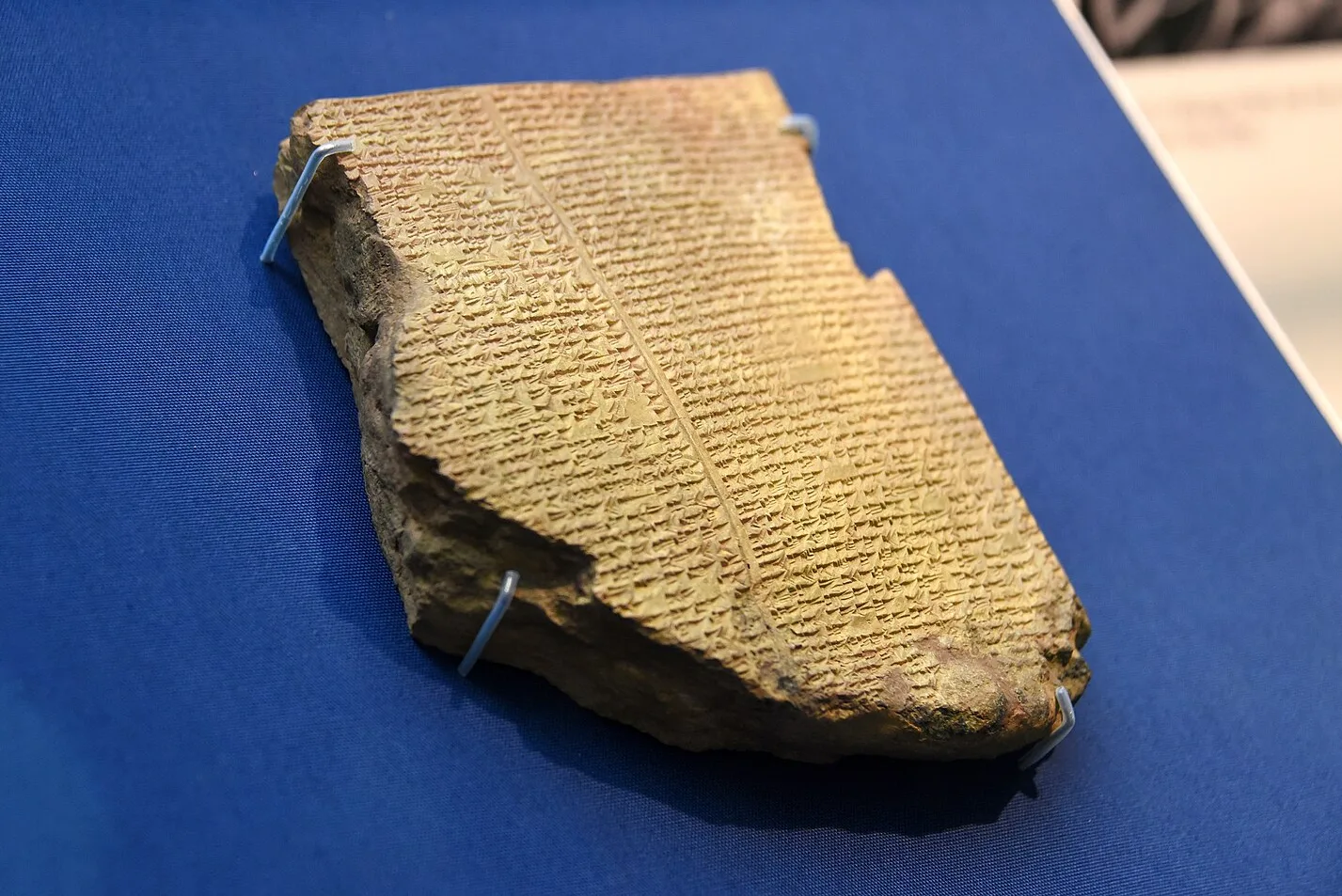
Central to the narrative of the Epic of Gilgamesh is the theme of friendship, embodied in the bond between Gilgamesh and Enkidu. Enkidu, a wild man created by the gods to humble Gilgamesh, becomes his closest companion and confidant, accompanying him on his quest and sharing in his triumphs and tragedies. Their friendship serves as a testament to the power of camaraderie and solidarity, offering a ray of hope and comfort in the face of life’s uncertainties.
Trade and Commerce
Urbanization and Trade Routes
Ancient Mesopotamia witnessed a remarkable transformation from scattered agricultural settlements to urban centers teeming with life and activity.
As surplus food production enabled populations to grow and settlements to expand, villages gradually evolved into cities, characterized by dense populations, monumental architecture, and sophisticated infrastructure.
Among the most prominent cities of ancient Mesopotamia were Uruk, Ur, and Babylon. These urban centers served as hubs of economic, political, and cultural activity, attracting merchants, artisans, and intellectuals from far and wide.
But perhaps the most enduring legacy of Mesopotamian urbanization lies in its extensive networks of trade and commerce, which facilitated the exchange of goods, ideas, and culture across the ancient Near East. Mesopotamia’s strategic location at the crossroads of Asia, Africa, and Europe made it a vital link in the trade routes that connected the civilizations of the ancient world.
From the precious metals of Anatolia to the exotic spices of the Indus Valley, Mesopotamian merchants traded in a vast array of commodities, enriching their cities and fueling economic growth.
But trade in ancient Mesopotamia was not limited to material goods; it also facilitated the exchange of ideas, technologies, and cultural practices. As merchants traveled from city to city, they brought with them new knowledge and innovations, enriching the intellectual and cultural life of Mesopotamian society.
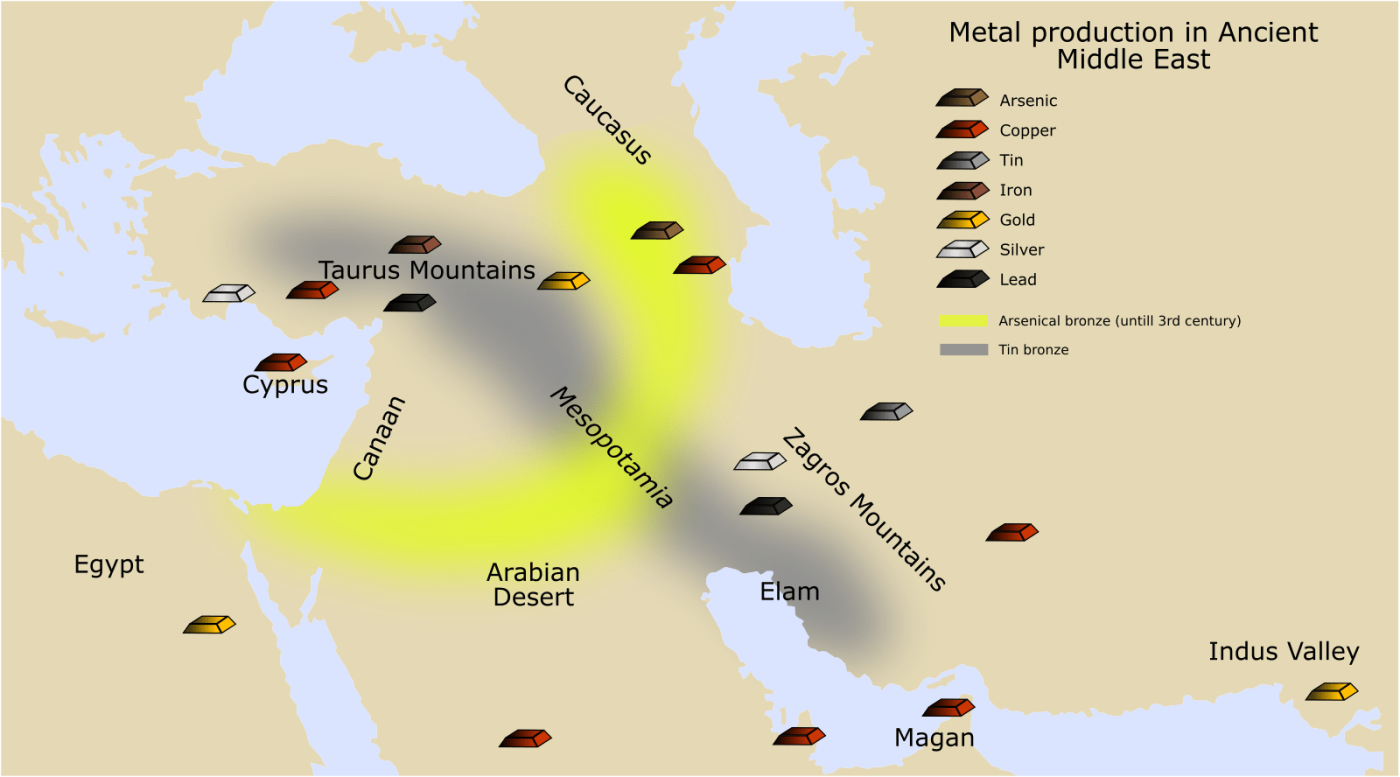
Goods and Commodities
Mesopotamian merchants traded in a vast array of commodities, each with its own significance and value. Crops such as barley, wheat, and dates were cultivated in abundance, providing sustenance for its growing population and serving as valuable commodities for trade. These grains were not only essential for feeding the inhabitants of Mesopotamia but also served as a form of currency and a means of exchange in commercial transactions.
In addition, precious metals such as gold, silver, and copper were highly prized for their beauty and rarity, serving as symbols of wealth and status for the elite. Gemstones, such as lapis lazuli and carnelian, were also coveted for their vibrant colors and mystical properties. Spices such as cinnamon, cardamom, and saffron were imported from distant lands and traded at premium prices, adding flavor and fragrance to Mesopotamian cuisine and rituals.
But perhaps the most prized commodity of all was the textile industry, which produced a wide variety of fabrics and garments for domestic consumption and export. Mesopotamian textiles were renowned for their quality and craftsmanship, with fine linen, wool, and silk fabrics fetching high prices in the markets.
Legacy and Influence
Impact on Civilization
One of the most significant contributions of Mesopotamia to subsequent civilizations was its advancements in science, technology, and engineering. From the invention of writing and the development of mathematics to the construction of monumental architecture and sophisticated irrigation systems, Mesopotamian innovations laid the foundation for future scientific inquiry and technological progress. The legacy of Mesopotamian achievements can be seen in the towering ziggurats of ancient Babylon, the intricate astronomical observations of the Greeks, and the mathematical theories of Islamic scholars, each building upon the discoveries of their predecessors.
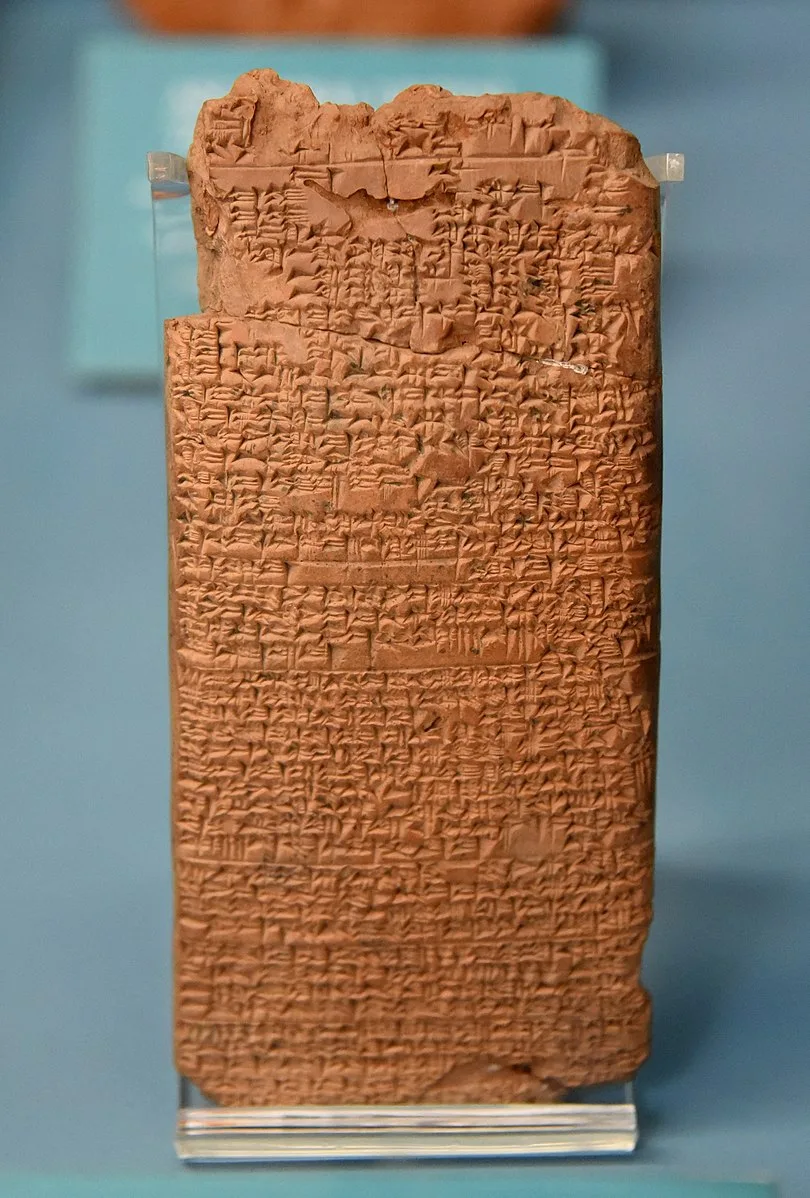
In addition to its technological innovations, Mesopotamia also made enduring contributions to the fields of law, governance, and social organization. The Code of Hammurabi, one of the world’s oldest legal codes, established principles of justice and fairness that continue to influence legal systems around the globe. Mesopotamian city-states pioneered forms of governance and administration that laid the groundwork for future political institutions and systems of rule, shaping the development of democracy, monarchy, and bureaucracy in subsequent civilizations.
Archaeological Discoveries
One of the most iconic archaeological sites in Mesopotamia is the ancient city of Ur, located near the modern-day city of Nasiriyah in southern Iraq. Excavations at Ur, conducted in the early 20th century by renowned archaeologist Sir Leonard Woolley, uncovered a wealth of treasures, including royal tombs, temples, and palaces. Among the most famous discoveries at Ur is the Royal Cemetery, where the remains of Sumerian kings and queens were found buried alongside intricate jewelry, weapons, and artifacts.
Another notable archaeological site is the city of Uruk, considered one of the earliest urban centers in the world. Excavations at Uruk have revealed the remains of monumental architecture, including the famous White Temple and the towering ziggurat of Eanna. The discovery of clay tablets inscribed with cuneiform writing has provided valuable insights into the administrative, economic, and religious practices of ancient Uruk.
The ancient city of Babylon, for example, has revealed the ruins of the famous Ishtar Gate, adorned with colorful glazed bricks depicting mythological creatures and symbols of Babylonian power. Excavations at Nippur have unearthed the remains of the Enki Temple, dedicated to the god of wisdom and freshwater, while discoveries at Nineveh have shed light on the grandeur of the Assyrian Empire, including the famous reliefs depicting scenes of conquest and triumph.
Reflection
Mesopotamia, known as the cradle of civilization, gave rise to the world’s first cities, governance systems, and written languages, including the groundbreaking cuneiform script. This invention transformed how knowledge was recorded and shared across cultures. Cities like Uruk, Ur, and Babylon became thriving centers of trade and innovation, promoting diversity and the exchange of ideas. But Mesopotamia’s true legacy lies in its significant contributions to human progress, spanning from scientific breakthroughs to literary and artistic achievements. Its influence extended beyond its borders, shaping neighboring civilizations and influencing future empires and religions.
More of → Ancient Civilizations ←
FAQ
1. What is Mesopotamia, and why is it called the “Cradle of Civilization”?
Mesopotamia, located in present-day Iraq, Kuwait, Syria, and Turkey, is known as the “Cradle of Civilization” due to its role in the development of some of the earliest human civilizations. Situated between the Tigris and Euphrates rivers, it provided fertile land for farming and saw the rise of cultures that made significant contributions to human development.
2. What were some of the key contributions of Mesopotamia to human development?
Mesopotamia made important contributions to various aspects of human civilization, including the development of farming, writing, governance, and religion. It saw the emergence of powerful empires, as well as advancements in art, science, and societal organization.
3. How did the geography of Mesopotamia influence its early development?
The geography of Mesopotamia, characterized by the Tigris and Euphrates rivers and fertile plains, played a crucial role in its early development. The annual floods replenished the soil, making it suitable for agriculture. However, the unpredictability of the rivers’ flooding prompted the development of irrigation systems to manage water flow.
4. Who were the Sumerians, and what were their most famous achievements?
The Sumerians were among the earliest inhabitants of Mesopotamia, known for their advancements in various fields such as writing, architecture, and governance. They developed cuneiform writing, built impressive structures like ziggurats, and created the world’s first city-states with centralized rule.
5. How important were trade routes in ancient Mesopotamia?
Trade routes played a vital role in the economy and cultural exchange of ancient Mesopotamia. They facilitated the exchange of goods, ideas, and technologies across different civilizations, enriching urban centers and fostering economic growth. Mesopotamia’s strategic location at the crossroads of Asia, Africa, and Europe made it a hub of trade and commerce.



